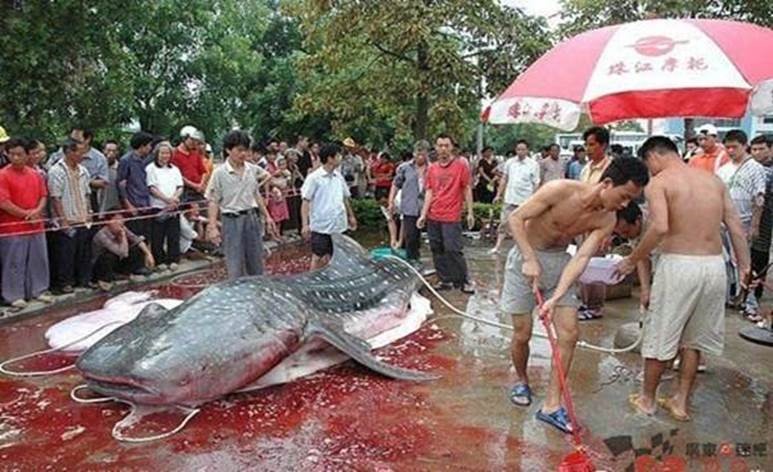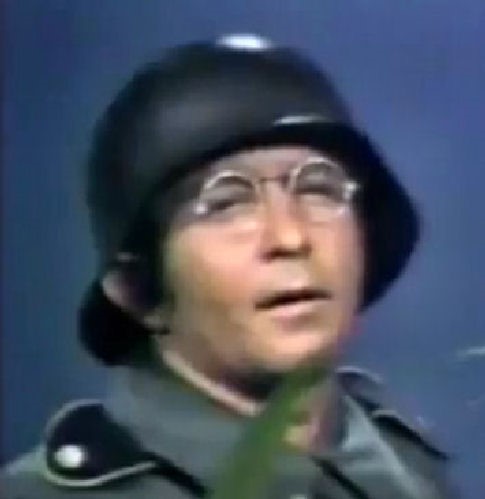|
|
||||||||||||||||||||||||||||||
|
||||||||||||||||||||||||||||||
|
Privacy Policy | Editorial Policy | Profit Policy | Join the Association | List of Members | Contact us | Index | Links |
||||||||||||||||||||||||||||||
|
Back Go to page: 1 2 3 4 5 6 7 8 9 10 11 12 13 14 15 16 17 18 19 20 Forward
|
||||||||||||||||||||||||||||||
|
Allan George’s Gems.
|
||||||||||||||||||||||||||||||
|
|
||||||||||||||||||||||||||||||
|
Wheel Studs versus Wheel Bolts: What's the Difference?
The advantages and disadvantages of having one or the other.
|
||||||||||||||||||||||||||||||
|
|
||||||||||||||||||||||||||||||
|
Most street cars come from the factory with either wheel studs or wheel bolts. There are also centre-lock wheels, but those are usually reserved for top-tier race cars and high-end performance street cars. So, what exactly is the difference?
Wheel bolts are standard on many German-built cars and use a threaded stem (a bolt) attached to a tapered head that matches to the wheel insert. This a nuisance as not only do you have to lift the heavy wheel you have to line it up with its bolt holes in line with the holes in the hub. Perhaps not such a big problem on a small car in daylight, but it's a different story with an SUV with it's large heavy wheels and at night.
Wheel studs are different in that, instead of using a single piece that screws into the hub, the studs are mounted in the hub, and stick out beyond the brake rotor. The wheels are mounted using nuts which are screwed onto the stud. This makes it easier to mount tyres without having to worry about lining everything up.
But that's just a simple explanation. Watch this video which will explain all the differences between wheel bolts and studs.
RAAF Memorial Grove.
When you’re driving into Canberra, along he Federal Highway (from Goulbourn) once you pass into the ACT, on the left hand side, you’ll pass the RAAF Memorial Grove.
(You can click a lot of these pics to get a bigger view)
|
||||||||||||||||||||||||||||||
|
In 1953 the then National Capital Development Commission (NCDC), in concert with the Remembrance Driveway Committee, designated Territory land for the RAAF Association (ACT Division) to develop as a memorial grove. The Remembrance Driveway Committee determined the landscape tree planting in accordance with the Remembrance Driveway Master Plan. (Click the pic at right to read it).
The Remembrance Driveway Committee (RDC), RAAF Association (ACT Division), National Capital Authority (NCA) and the ACT Government are the principal stakeholders in the Memorial Grove. In addition, the RAAF Association (ACT Division) is the approving authority for the installation of commemorative plaques in the Grove within the framework agreed by the NCA.
The Memorial Grove was formally consecrated on the 22nd February 2002 by the Principal Air Chaplains in the presence of the then Chief of Air Force Air Marshal Angus Houston, Chief Minister of the ACT Mr Jon Stanhope, the Chairman National Capital Authority, Air Marshal David Evans and distinguished visitors. Members of the Division have supported the Grove for many years. In 2000 the Group Captain Hughie Edwards VC Memorial Park was established on adjacent Territory land. With the co-location of the Edwards VC Memorial Park and the RAAF Memorial Grove, the ACT Government assumed prime responsibility for maintenance. The RAAF Association (ACT Division) and community groups continue to assist.
The RAAF Memorial Grove, with its central memorial cairn, is not intended as a substitute for the Australian War Memorial (AWM), the RAAF National Memorial on Anzac Parade or the Canberra Garden of Remembrance.
|
||||||||||||||||||||||||||||||
|
|
||||||||||||||||||||||||||||||
|
However, it does offer an alternative location for commemorative ceremonies and for the installation of plaques that do not meet the eligibility criteria for mounting at the AWM or the ACT Garden of Remembrance. Such plaques include those dedicated to groups, units or members of the RAAF, ex-AFC, ex-RAAF, ex-WAAAF, ex-WRAAF, RAAF Assn, ex-RAAF Assn or similar persons or groups.
Organisations, units, squadrons, groups or events that qualify for commemoration elsewhere may also be commemorated in the RAAF Memorial Grove.
The Royal Australian Air Force Association (ACT Division) Memorial Grove is surrounded by a pathway leading to a number of plaques commemorating Royal Australian Air Force (RAAF) units, schools and schemes. In the centre of the grove is a sandstone plinth topped with a metal cross. On the plinth is the badge of the RAAF Association (ACT Division) and a plaque commemorating the service of the men and women of the RAAF.
The two black granite blocks at the entrance to the grove are from the Royal Australian Air Force Memorial on Anzac Parade, Canberra. They were transferred when the Anzac Parade memorial was redesigned in 2002.
The Royal Australian Air Force Memorial Grove is a prominent testimonial to those who served and those who died as well as being a historical record of the Royal Australian Air Force`s strong link with the national capital and the people of Canberra.
|
||||||||||||||||||||||||||||||
|
|
||||||||||||||||||||||||||||||
|
Central to the Grove is a sandstone circular area which features 7 all-weather signs, each of which tells an interesting story. You can click each pic to read it.
|
||||||||||||||||||||||||||||||
|
The Memorial Cairn is the focus of the RAAF Memorial Grove and was
established to:
"Honour all Persons who are serving in the RAAF or Who Have Served in the AFC, RAAF, WAAAF or WRAAF"
The Cairn was designed, funded and built by the members of the then ACT Branch of the NSW Division of the RAAF Association, now the ACT Division of the RAAF Association. To ensure that developments do not detract from the original intention and purpose of the Memorial Cairn, the RAAF Association (ACT Division) is the principal approval authority for memorial change proposals. The NCA acknowledges that the Memorial Cairn is owned by the RAAF Association but requests to be informed of any proposed changes as the cairn is listed in the NCA Register of National Memorials.
Categories of Plaques.
Three categories of commemorative plaques qualify for installation in the Grove:
Memorial Cairn Plaques.
Group Plaques.
Group plaques are normally of two sizes:
Individual Plaques.
In special circumstances the RAAFA may approve installation of sandstone benches for mounting of group plaques.
19 Radio Appy has an application into DVA for a grant which will enable them to erect a plaque at the Grove. They hope to hear soon that their application is successful and then they will erect a cast bronze plaque which will be seated on a sandstone plinth.
If you wish to erect a plaque in the Grove to commemorate your squadron or your unit or group etc, you first have to get the approval from the RAAF Association (you can get the form HERE), once completed, post it to the Director, Commemoration and Honours, RAAFA (ACT Division), PO Box 111, Campbell, ACT, 2612. Once approval has been obtained, submit a claim to DVA under their “Saluting their Service” grants scheme for funds to have it made and erected. You can find all that info HERE.
One company that is familiar with the design and size of approved plaques and which can make them for you, is “Ball Plaques Pty Ltd”. You can contact them on 1300 217 527 or via their web site www.plaques.com.au
Canberra.
If you haven’t been through Canberra Airport for a while, you’ll get a shock. What was once a bit of a shed is now one of the best, though not the biggest, airport terminals in Australia.
|
||||||||||||||||||||||||||||||
|
Canberra is the 8th busiest airport in Australia, the top 10, in passenger movements per year, are:
|
||||||||||||||||||||||||||||||
|
||||||||||||||||||||||||||||||
|
Over the period 2009-2014, Canberra Airport invested more than $500 million on a complete redevelopment of its terminal precinct. This redevelopment, termed ‘AirVolution’, was the largest private sector investment in Canberra’s history and delivered a world-class terminal.
This included the development of four new aircraft parking positions plus the gradual reconstruction of the entire aircraft parking apron to increase its bearing strength allowing for use by larger aircraft. The staged construction of the new 55,000m2 terminal building provided for:
The finished result has delivered a terminal that is the best of its kind in the region, if not the world. This is seen in the detail and scale of the landscaped areas, the stunning water features and world-class sculptures that adorn the roadside, courtyards and terminal building itself.
|
||||||||||||||||||||||||||||||
|
The integrity of the planning, style of architecture and attention to detail in the finish have been matched with quality inclusions across the board; terrazzo flooring from Italy, granite security benches, stone check-in counters, durable yet comfortable coach hide leather seats, tailor made light fittings, engineered security solutions, custom glazed aerobridges and bronze sculptures.
With over 55,000m2 of terminal building and a 24 hour airport and with Canberra also being the Green Capital of Australia, it was of course a crucial feature that the new terminal was one of the most carbon dioxide friendly in Australia. This environmentally sustainable development uses a combination of initiatives in water and energy saving. The roof of the new terminal can collect a massive amount of water that is then used in toilets, air-conditioning and landscape irrigation. Energy is saved by the use of two tri-generation plants that produce electricity on-site from gas and capture the waste heat to cool and heat the building. This has reduced the building’s carbon dioxide emissions by 75 per cent compared to the old terminal facility.
Back on the 13th August 1940, in what became known as the Canberra air disaster, a RAAF Lockheed Hudson flying from Melbourne crashed into a small hill to the east of the airport. Four crew and six passengers, including the Chief of the General staff and three Federal Government ministers, were killed in the accident. James Fairbairn, Minister for Air and Civil Aviation, was one of those killed and the Fairbairn Airbase, the eastern component of the airport, was subsequently named after him. In 1962 the military side of the airport was renamed RAAF Base Fairbairn. The North-East quadrant of the airport still retains the Fairbairn name.
|
||||||||||||||||||||||||||||||
|
The RAAF area in the distance, looking from the civvy terminal.
|
||||||||||||||||||||||||||||||
|
in 1998 the RAAF area was sub-leased back to the Department of Defence and it was decommissioned as a RAAF base in 2003, although 34 Squadron remains based there and the RAAF area was renamed Defence Establishment Fairbairn.
|
||||||||||||||||||||||||||||||
|
Two Glasgow boys, Archie and Jock, are sitting in the pub discussing Jock’s forthcoming wedding. ‘Aye, it’s all going like magic,’ says Jock. ‘I've got everything organised already: the flowers, the church, the cars, the reception, the rings, the minister, even ma stag night…’ Archie nods approvingly. ‘Hell, I've even bought a kilt to be married in!’ continues Jock. ‘A kilt?’ exclaims Archie, ‘That’s grand, you'll look pure smart in that! And what’s the tartin?’ ‘Ach,’ says Jock, ‘I imagine she’ll be in white.’
|
||||||||||||||||||||||||||||||
|
|
||||||||||||||||||||||||||||||
|
Lockheed Hudson Bomber, on display at Canberra Airport.
|
||||||||||||||||||||||||||||||
|
A piece of Australian aviation history, painstakingly restored by conservators at the Australian War Memorial, is on display at the Canberra Airport. The project to display the aircraft (A16-105) was made possible by collaboration between the War Memorial, Canberra Airport, and the Virgin Australia Group.
The Director of the Australian War Memorial Dr Brendan Nelson said “This Hudson bomber and the brave young men who flew it during the dark days of the Second World War defended our nation’s freedoms and vital interests. The aircraft then played its part in expanding commercial aviation in the post-war era.
The Hudson, faithfully restored and positioned alongside the Virgin Australia check-in counters, reminds us of those who came before us and that Canberra is home to Australia’s number one landmark – the Australian War Memorial.”
The Lockheed Hudson, created by parent company Lockheed Martin Australia, was one of the most versatile aircraft used by Allied air forces in the early part of the Second World War. It was the first to see action in the Pacific, when the Japanese attacked Malaya before the raids on Pearl Harbour.
Based on a civilian airliner, A16-105 made its first flight in 1938, modified to include a bomb bay, positions for an operational crew of five, and defensive armament. It arrived in Australia in early December 1941 and was used to train RAAF aircrews. Between December 1942 and January 1943 it saw operational service in Papua and New Guinea, carrying out supply flights during the Allied advance on Buna, on Papua’s north coast. After the war, A16-105 was flown as a photographic survey aircraft. It completed its last flight in 1998 and was purchased by the Australian War Memorial in 2001.
The Memorial set about restoring the aircraft to its wartime configuration of December 1942. The project took four years to complete and involved the fabrication of more than 5,800 parts and tools, extensive research on the colour scheme and internal fit-out, sourcing of replacement parts and spares through the aviation heritage network, and reconditioning of the airframe.
Hudson A16-105 will be on display at the Canberra Airport until the end of 2018.
|
||||||||||||||||||||||||||||||
|
A man goes to a shrink and says, "Doctor, my wife is unfaithful to me. Every evening, she goes to Larry's bar and picks up men. In fact, she sleeps with anybody who asks her! I'm going crazy. What do you think I should do?" "Relax," says the Doctor, "take a deep breath and calm down. Now, tell me, where exactly is Larry's bar?"
|
||||||||||||||||||||||||||||||
|
Are humans needed in today defence forces?
With the world's Air Forces are ever increasing their use of unmanned aerial vehicles (UAV's), or drones, it seems the day of the pilot going out to do war could, one day, be a thing of the past. UAVs were originally used for missions too "dull, dirty or dangerous" for humans and while they originated mostly in military applications, their use is rapidly expanding to commercial, scientific, recreational, agricultural, and other applications, such as policing, peacekeeping and surveillance, product deliveries, aerial photography, agriculture and smuggling.
And it's not just the world's Air Forces that are into UAVs, the Navies are also introducing UAVs into their armoury. The US Navy has just commissioned an unmanned ship that can stay out for months at a time, needs no humans to man it and cruise the world's oceans and hunt and destroy enemy submarines.
See the video below.
|
||||||||||||||||||||||||||||||
|
|
||||||||||||||||||||||||||||||
|
Mid Air refuelling.
It’s been around for a while, the following video shows a USAF Boeing KB-29 aircraft refuelling two USAF F84 fighters over RAAF Laverton and Pt Cook during Air Force week in the early 1950s. It’s historic footage in itself but, throw a RAAF Mk.30A Lincoln into the mix, then that makes it as rare as the proverbial "Hen’s Teeth"! or even that rocking horse stuff!!
See the video below:
Why Pushrod Engines have a low Redline.
The reciprocating mass associated with pushrods means the spring on the valve can't keep up at high RPMs.
|
||||||||||||||||||||||||||||||
|
|
||||||||||||||||||||||||||||||
|
Pushrod engines are great for a lot of reasons. They're compact, they're simple, and if done right, they sound good. But one drawback of the pushrod design is that it can't rev as high as a comparable overhead-cam engine.
Pushrod engines are unique in that the camshaft is inside the cylinder block—not on top in the cylinder head. This makes engine height shorter, allowing for a more compact design. The downside is that the camshaft rotation has to travel through a pushrod and a rocker arm, which pushes a spring down to open the valves. This generates a considerable amount of reciprocating mass.
When an engine reaches higher RPMs, the spring that pushes the valve back into place can't keep up, and eventually valve float (valve bounce) will occur. Most pushrod engines use just two valves per cylinder which at high RPM makes getting enough air into the cylinder is also a challenge.
But that's just a simple explanation. The video below describes the inner workings of the pushrod engine and its limitations.
|
||||||||||||||||||||||||||||||
|
|
||||||||||||||||||||||||||||||
|
|
||||||||||||||||||||||||||||||
|
Civilian Friends: Never ask for food. Military Friends: Are the reason you have no food.
|
||||||||||||||||||||||||||||||
|
You should upgrade the driveshaft when adding power to your car.
Doubling your horsepower won't do any good if the thing sending power to your wheels is too weak to handle it.
|
||||||||||||||||||||||||||||||
|
|
||||||||||||||||||||||||||||||
|
From the factory, a car's driveline is meant to withstand a certain amount of power. If you upgrade your car's engine to push beyond that limit, things will start breaking. Technology has changed since 1930, when Raymond Mays' Bugatti, shown above, lost its wheel. Today, most cars (front wheel drive vehicles) use constant-velocity joints, which can cause an entire wheel to come off if they fail.
A car's half-shafts (axles) connect the differential to the driven wheels. Each shaft is rated to a certain amount of power it can transfer from the transmission (or differential) to the driven hubs. An informative video has been put together explaining how these shafts work, where the weak points are, and how to make sure you never break one while behind the wheel.
Though adding massive amounts of power to your car is a sure-fire way to rip a stock driveshaft in half, there are some other things, such as adding a race clutch, that could put more driveline shock into the tubes and cause them to break.
Watch for yourself to see how CV joints operate, and what steps you can take to make sure yours don't fail on you.
The Fairchild Republic A-10 Thunderbolt II (Warthog).
The Fairchild Republic A-10 Thunderbolt II is a single-seat, twin turbofan engine, straight wing jet aircraft developed by Fairchild-Republic for the United States Air Force (USAF). Commonly referred to by the nicknames "Warthog" or "Hog", its official name comes from the Republic P-47 Thunderbolt, a World War II fighter-bomber effective at attacking ground targets. The A-10 was designed for close air support (CAS) of friendly ground troops, attacking armoured vehicles and tanks, and providing quick-action support against enemy ground forces. It entered service in 1976 and is the only production-built aircraft that has served in the USAF that was designed solely for CAS. Its secondary mission is to provide forward air controller – airborne (FAC-A) support, by directing other aircraft in attacks on ground targets. Aircraft used primarily in this role are designated OA-10.
The A-10 was intended to improve on the performance of the A-1 Skyraider and its lesser firepower. The A-10 was designed around the 30 mm GAU-8 Avenger rotary cannon. Its airframe was designed for durability, with measures such as 540 kg of titanium armour to protect the cockpit and aircraft systems, enabling it to absorb a significant amount of damage and continue flying. Its short take-off and landing capability permits operation from airstrips close to the front lines and its simple design enables maintenance with minimal facilities. The A-10 served in the Gulf War (Operation Desert Storm), the American intervention against Iraq's invasion of Kuwait, where the A-10 distinguished itself. The A-10 also participated in other conflicts such as Operation Urgent Fury in Grenada, the Balkans, Afghanistan, Iraq, and against Islamic State in the Middle East.
The A-10A single-seat variant was the only version produced, though one pre-production airframe was modified into the YA-10B twin-seat prototype to test an all-weather night capable version. In 2005, a program was started to upgrade remaining A-10A aircraft to the A-10C configuration, with modern avionics for use with precision weaponry. The U.S. Air Force had stated the F-35 would replace the A-10 as it entered service, but this remains highly contentious within the Air Force and in political circles. With a variety of upgrades and wing replacements, the A-10's service life can be extended to 2040; the Air Force has no planned retirement date as of June 2017.
You can see a bit more on the gun HERE, and you can watch a video showing its capabilities below:
|
||||||||||||||||||||||||||||||
|
|
||||||||||||||||||||||||||||||
|
|
||||||||||||||||||||||||||||||
|
During training exercises, the Sergeant, who was driving down a muddy back road encountered another car stuck in the mud with a red-faced Sqn Leader at the wheel. “Your jeep stuck, sir?” asked the Sergeant as he pulled alongside. “certainly not,” replied the Sqn Leader, coming over and handing him the keys….” Yours is”
|
||||||||||||||||||||||||||||||
|
Electron Theory.
Back in Vol 61, we pondered the “new” thinking on electron theory and wondered how electrons work these days. It was well above our pay scale so we asked Frank Alley who a lot will remember took a lot of us young fellas, all wet behind the ears, and at Radschool all those years ago, tried to teach us electric and stuff.
He replied, “Here is some sort of an explanation:
All of this is of course a simplification (suits me in my old age).
Metallic bonding is a beast to understand. The grossly oversimplified idea that the valence electron is passed from one atom to the next to constitute an electric current is patent nonsense, but that is how it is taught to kids in high school because better explanations are horrid.
The outer electrons in metals are referred to as the valence or conduction electrons and they exist as a three-dimensional sea around the nucleus sites. And they are in constant movement…why? In nature there are two basic forms of particle:
Bosons are the particles that carry the forces of nature. For example, the electric force is carried by photons (light particles). By the way, the magnetic force is the effect of relativity on moving charges. The nuclear force between atoms is carried by mesons and the particles holding the quarks of atoms together is carried by gluons (physicists can have quite a sense of humour).
Matter is made of fermions, such as protons, neutrons and electrons. Now an Austrian physicist Wolfgang Pauli (right) developed and exclusion principle (named after him) which states that no two fermions can have the same set of quantum numbers (in effect the same energy). Lord Rutherford upon hearing of the principle apparently said ‘now all chemistry is understood.’ Pauli was a bit scary in the science world and researchers were grateful if Pauli did not read their research papers. He was once heard to say after reading a paper ‘this is so bad it isn’t even wrong!’
Anyway, back to electrons (fermions). Because they are not bound to any one nucleus in a metal they have to keep moving so that they have different energies. Fermi described this in some horrendous mathematics and these electrons are sometimes referred to as ‘fermi gas’ because their behaviour can be related to the motion of gas particles. That is one explanation, so when an electric field is applied, the fermi gas being negatively charged is forced to move. You remember Lorentz’s Law F=qE which defines the force that acts on moving charged particles in an electromagnetic field?? But then what is the path of movement in three dimensions? Well one explanation is to say they move on equipotential surfaces known a brillouin zones. Physicists being like they are need to write mathematical equations explaining nature and simple x,y,z space coordinates cannot be used to explain brillouin zones, so that invented ‘inverse space’ coordinates, I,J,K space. The whizzes amongst you will remember that ‘I’ is the square root of -1….an imaginary number. My nose is starting the bleed….
What is also worth remembering is that an electron bound to an atom cannot be a particle moving around in an orbit about the nucleus. If that were the case, because the electron is accelerating (changing direction….how radio waves are generated) it would lose energy and spiral into the nucleus. So, if electrons are particles then matter cannot exist in any structured form. Which means that electrons can be explained as waves when bound in an atom and they exist in resonant states which allows them not to radiate energy in their orbits. You know what microphone to speaker feedback is like….resonance.
Which leads to the concept of ‘there is no truth, only our perceptions and scientists develop theories to explain those perceptions. Neils Bohr and Irwin Schroedinger each had contradictory theories of atomic structure, quite different, but both gave the same answers when tested.
It’s such a long time ago since I sat in a university lecture on solid state physics, in awe of the professor who nearly won the Nobel prize and was apparently involved in the development of Britain’s first hydrogen bomb.
So, understanding the motion of electrons in a metal is anything but simple….and I’m out of my depth here…..nose bleeding again (LOL).
Hope you are well.”
Happy now??
|
||||||||||||||||||||||||||||||
|
A man goes to see the Rabbi. "Rabbi, something terrible is happening and I have to talk to you about it." The Rabbi asked, "What's wrong?" The man replied, "My wife is poisoning me." The Rabbi, very surprised by this, asks, "How can that be?" The man then pleads, "I'm telling you, I'm certain she's poisoning me, what should I do?" The Rabbi then offers, "Tell you what. Let me talk to her, I'll see what I can find out and I'll let you know." A week later the Rabbi calls the man and says, "Well, I spoke to your wife. I spoke to her on the phone for three hours. You want my advice?" The man said yes and the Rabbi replied, "Take the poison."
|
||||||||||||||||||||||||||||||
|
BitCoin.
Back in Vol 43 we had some info on Bitcoin, what it is and how it works. Back then 1 Bitcoin was worth US$120, now, as at the 19th May, 2018, 1 bitcoin was worth AUD$10,937.25 HERE’s some more info.
A fishy story.
Each year, a few individuals in China were drowning or just disappearing mysteriously in Huadu's Furong Reservoir.
It was not until recently, when the son of a government official went swimming in the reservoir and was drowned, that the secret was revealed. What was discovered in the waters was a 3 meter (9.8 feet) long "man-eating" catfish whose head alone is 1 meter (3.3 feet) wide!.
After cutting up the catfish, area residents were shocked to find the remains of another missing man inside! Swimming in the reservoir is now forbidden because it is feared other similar man-eating catfish are still lurking in the waters.
|
||||||||||||||||||||||||||||||
|
|
||||||||||||||||||||||||||||||
|
|
||||||||||||||||||||||||||||||
|
Trusted
brands.
The top 15 most trusted brands in Australia are: |
||||||||||||||||||||||||||||||
|
||||||||||||||||||||||||||||||
|
|
||||||||||||||||||||||||||||||
|
|
||||||||||||||||||||||||||||||
|
|
||||||||||||||||||||||||||||||
|
|
||||||||||||||||||||||||||||||
|
|
||||||||||||||||||||||||||||||
|
|
||||||||||||||||||||||||||||||
|
|
||||||||||||||||||||||||||||||
|
Intelesting – but stupid!!!!
|
||||||||||||||||||||||||||||||
|
|
||||||||||||||||||||||||||||||
|
|
||||||||||||||||||||||||||||||
|
|
||||||||||||||||||||||||||||||
|
Back Go to page: 1 2 3 4 5 6 7 8 9 10 11 12 13 14 15 16 17 18 19 20 Forward |
||||||||||||||||||||||||||||||
|
|

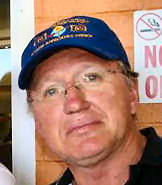

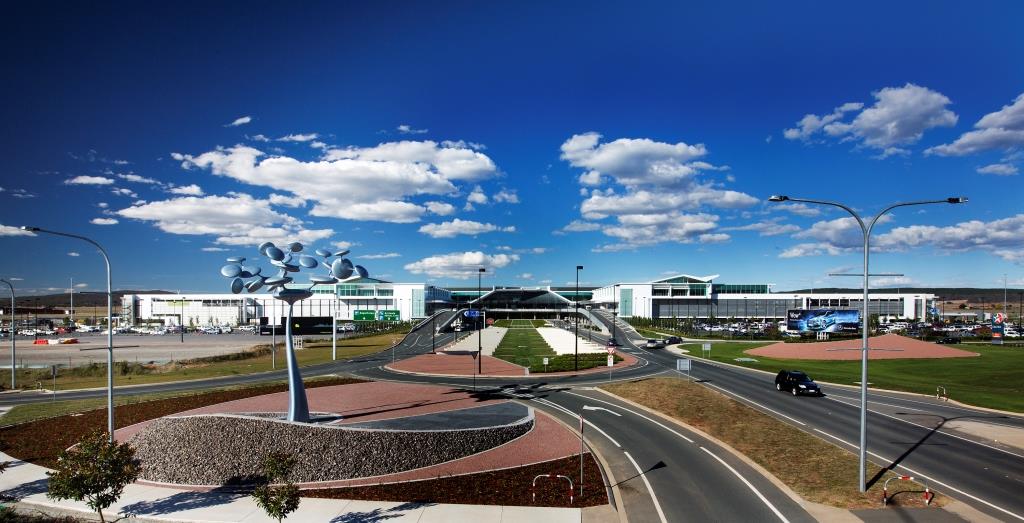
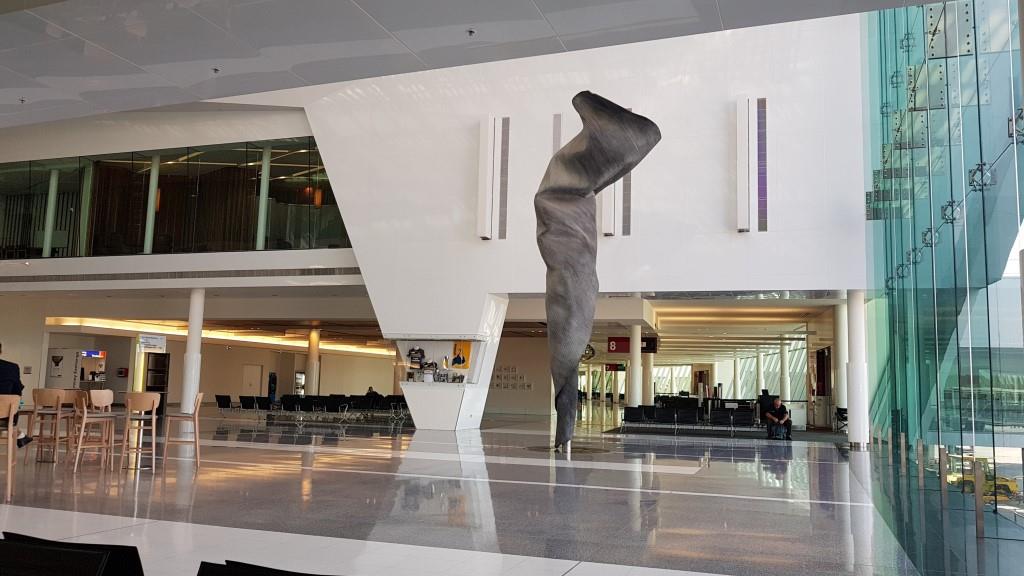
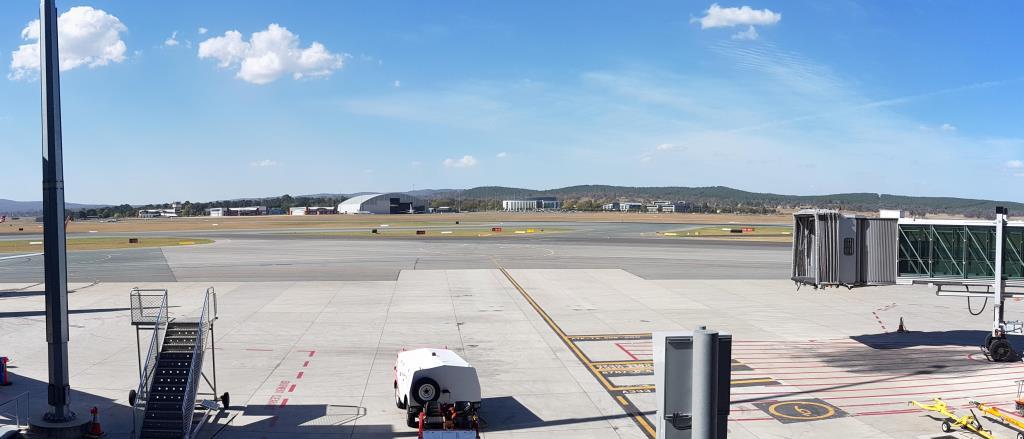
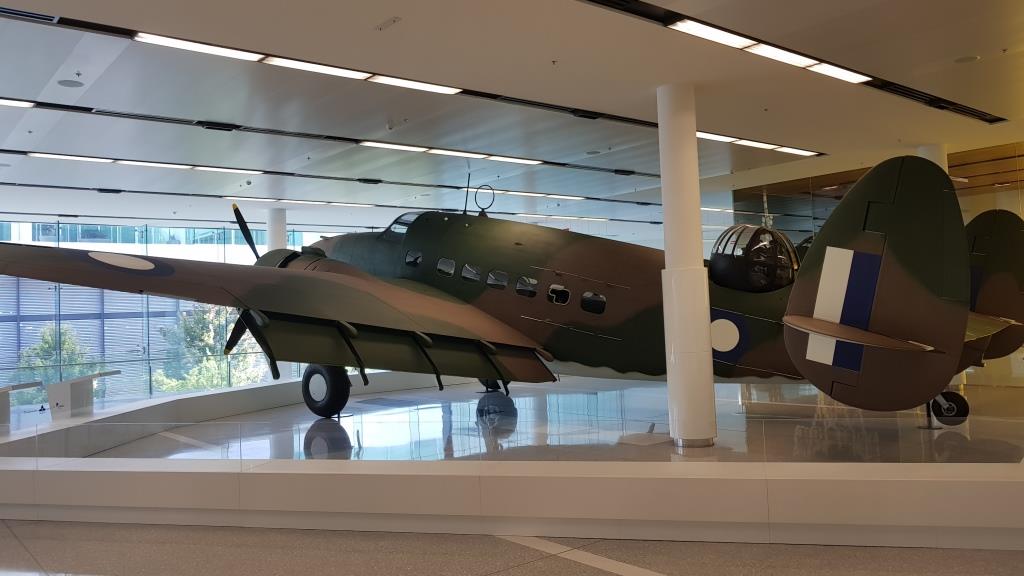
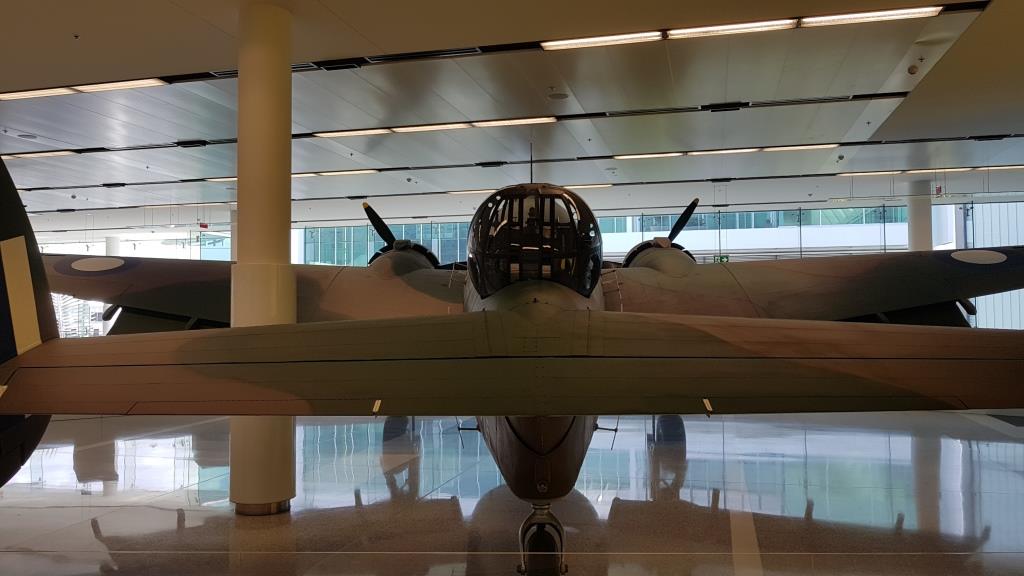
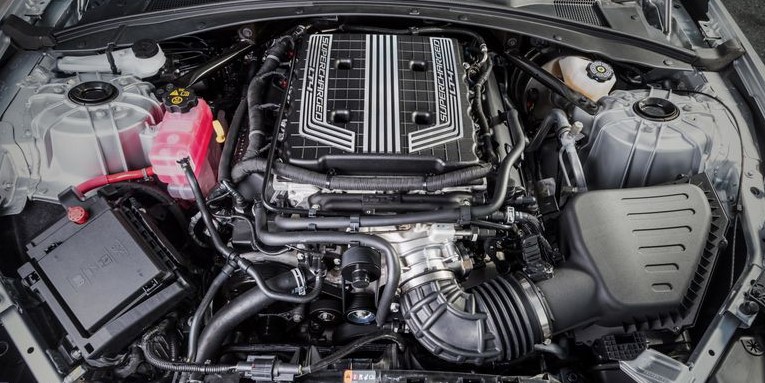
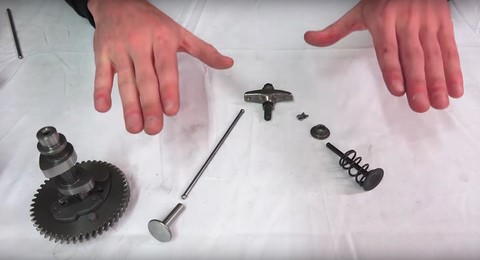
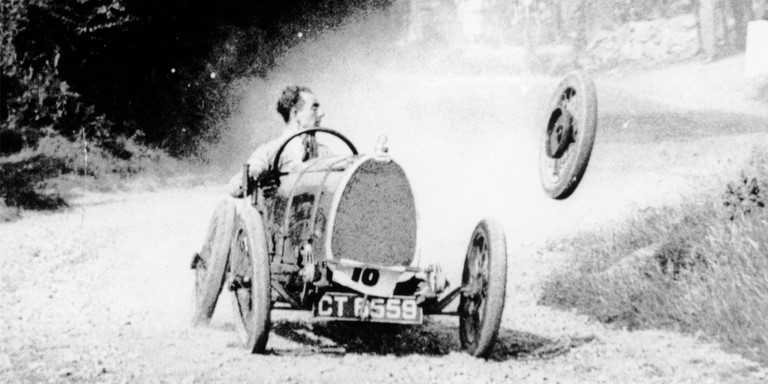
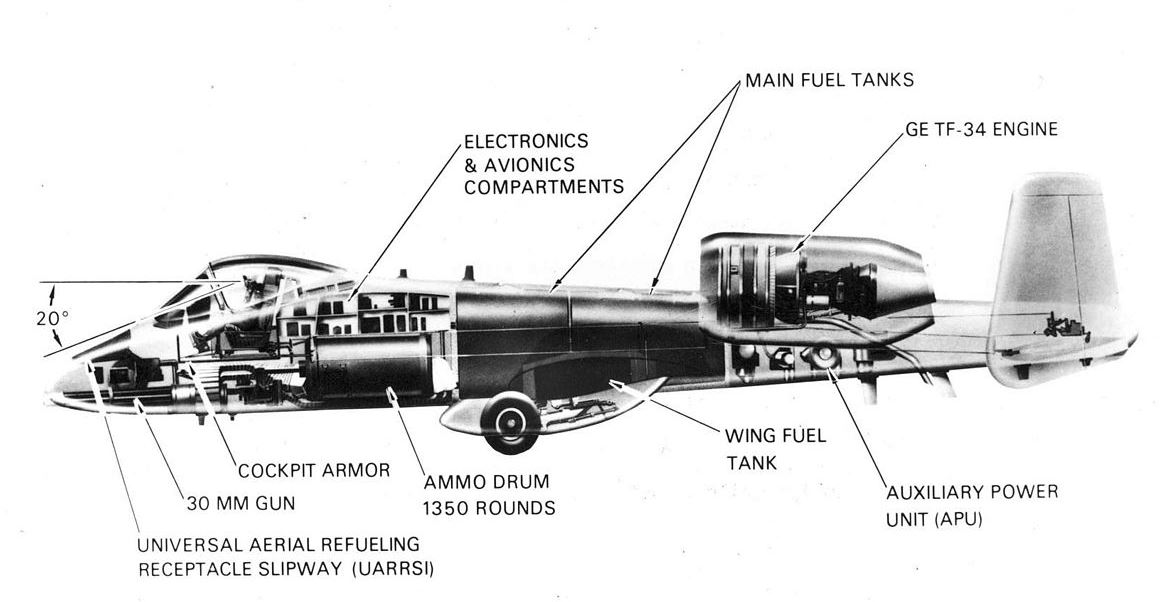
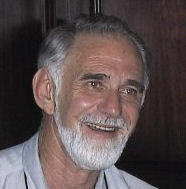 In
studying chemical bonding,
In
studying chemical bonding,

